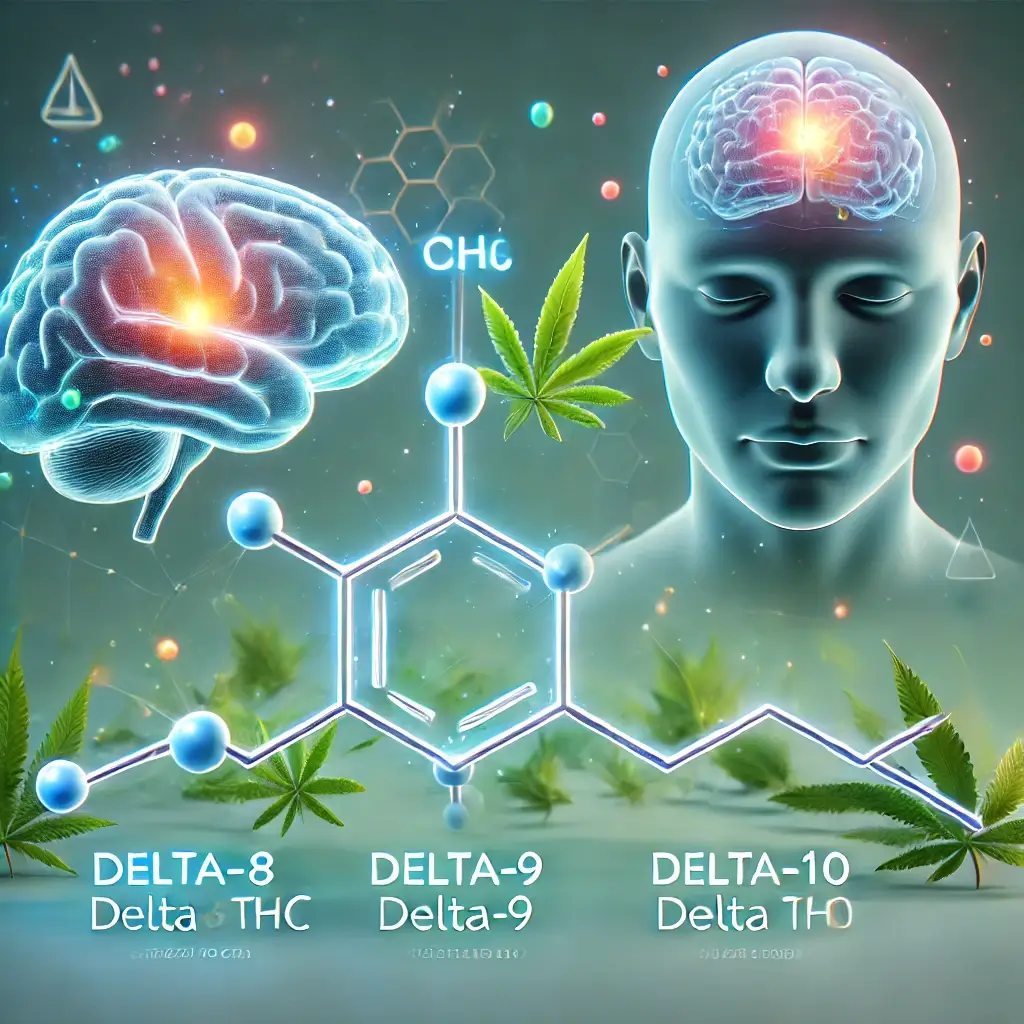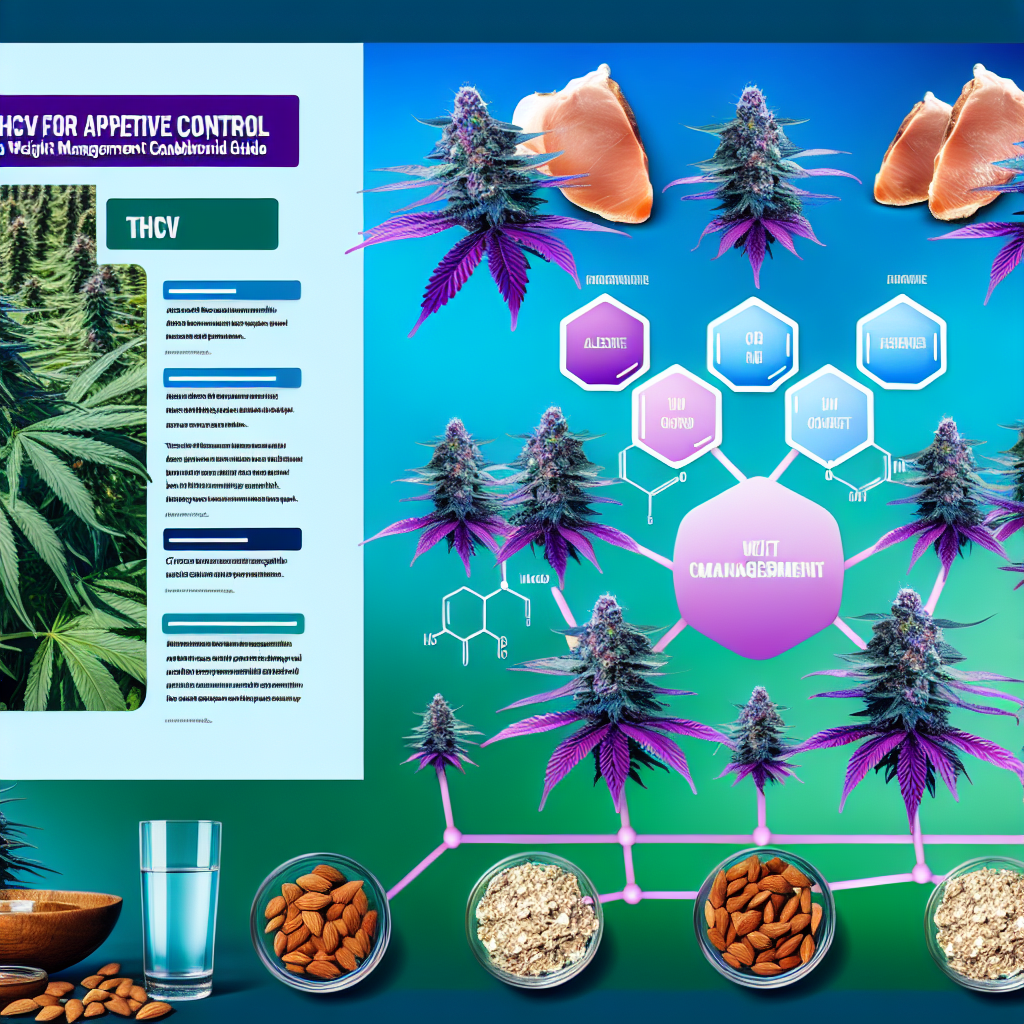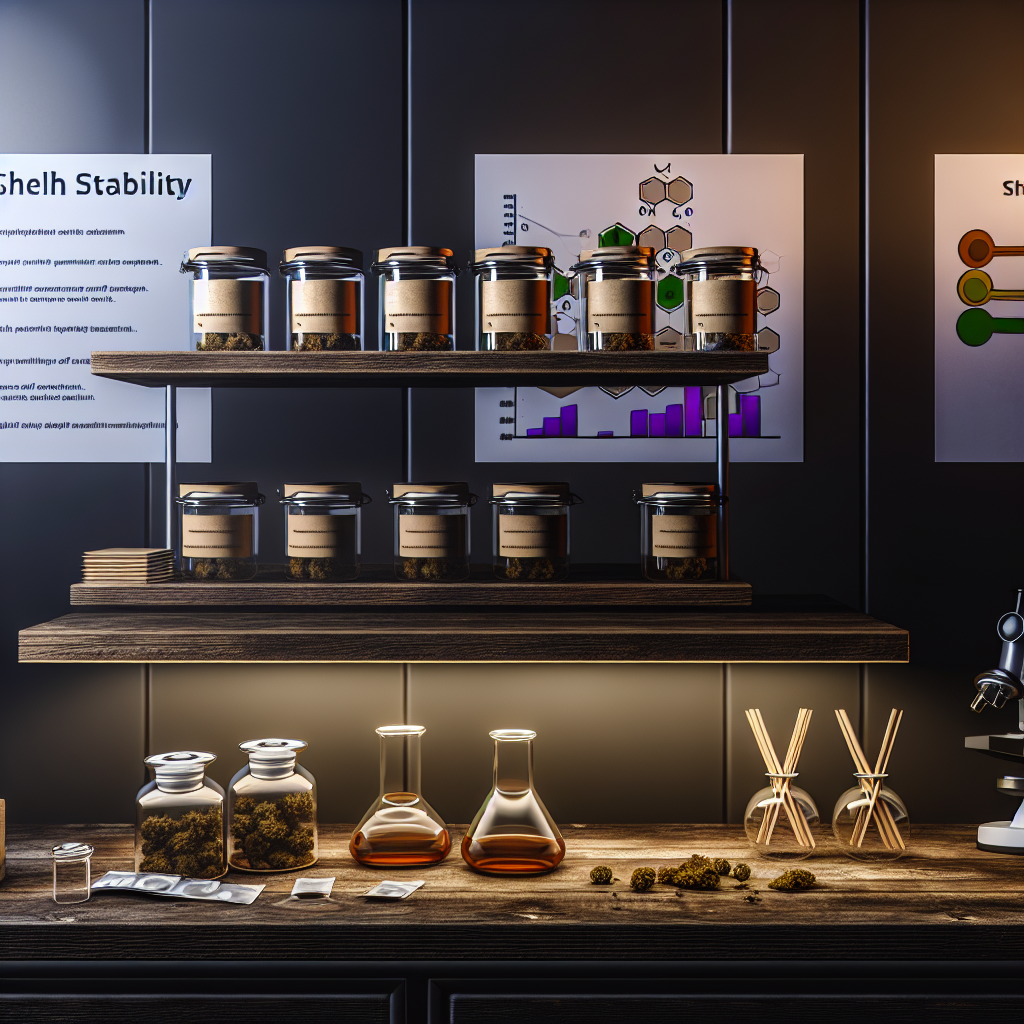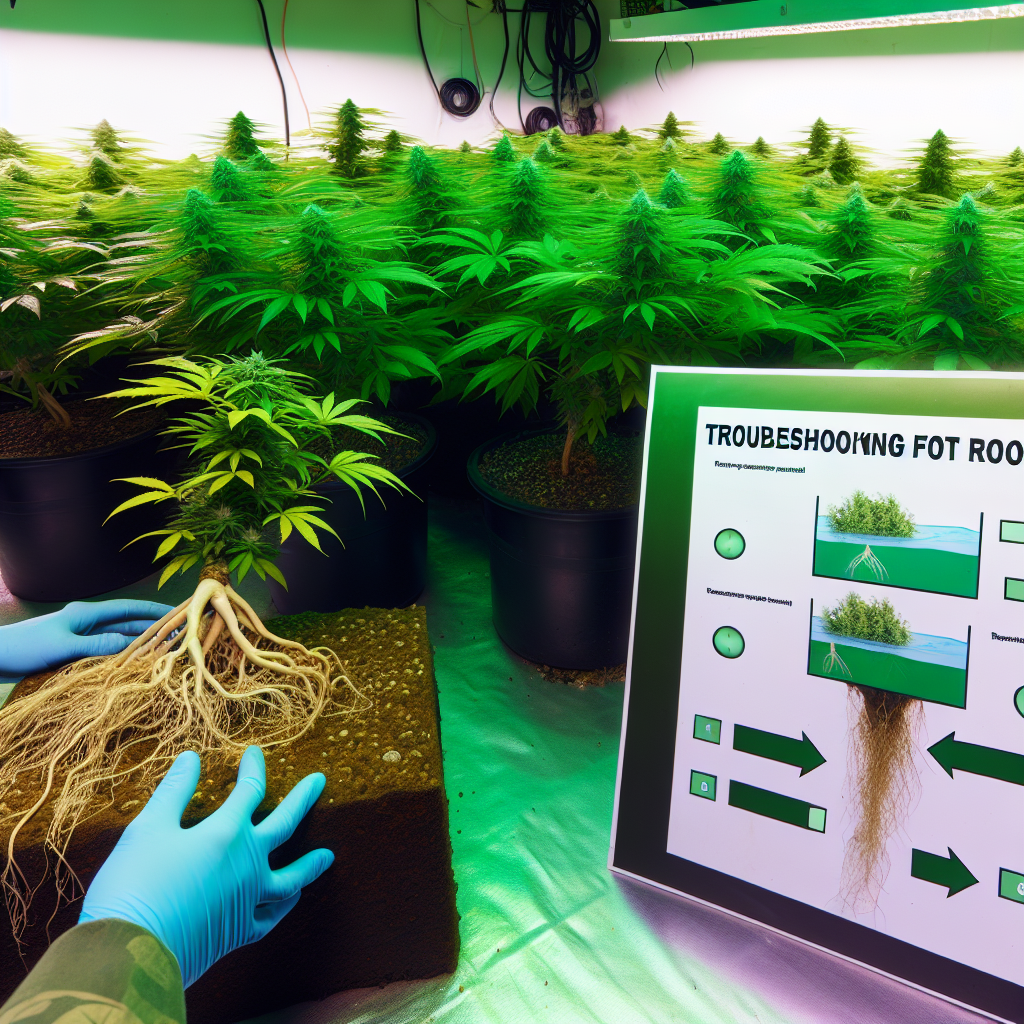Industry Transformation and Research Breakthroughs
The cannabis industry has undergone a seismic transformation, with research breakthroughs reshaping our understanding of its key compounds. Among these, Delta THC isomers—Delta-8 THC, Delta-9 THC, and Delta-10 THC have emerged as central to both medical and recreational applications. These isomers, despite sharing a common origin, exhibit distinct pharmacological properties that influence their therapeutic value.
Complex Chemistry and Endocannabinoid System Interaction
The unique chemistry of Delta THC isomers is a testament to the complexity of cannabis. Small differences in molecular structure significantly impact how these compounds interact with the body’s endocannabinoid system (ECS). This intricate network of CB1 and CB2 receptors governs vital processes such as immune response, mood regulation, and pain perception. Delta-9 THC, for example, has long been recognized for its potent psychoactive effects and wide therapeutic applicability. Conversely, Delta-8 THC offers a gentler psychoactive profile, attracting patients looking for relief from anxiety or chronic nausea. Delta-10 THC, a newcomer to the scene, is under investigation for its potential to enhance cognitive functions and stabilize mood.
Scientific Understanding and Precision Medicine
As scientific understanding deepens, these isomers are becoming indispensable tools in precision medicine. Their differential receptor affinities, pharmacokinetics, and therapeutic outcomes highlight the importance of selecting the appropriate isomer for individual needs. This article examines their unique characteristics and clinical implications, aiming to demystify the pharmacology behind Delta THC isomers and their role in advancing cannabis therapeutics.
Comparative Pharmacology Overview
Delta THC isomers’ pharmacological profiles are shaped by their molecular structures, impacting their therapeutic applications and safety profiles.
Molecular Structure and Receptor Binding Analysis
Delta-8 THC: Known for its reduced psychotropic intensity, Delta-8 THC’s modified stereochemistry allows for unique interactions with CB1 receptors. Studies in the Journal of Molecular Pharmacology suggest this isomer is particularly effective for patients seeking symptom management without overwhelming psychoactive effects.
Delta-9 THC: The most researched cannabinoid, Delta-9 THC is lauded for its robust engagement with CB1 and CB2 receptors. These interactions support its broad application range, from mitigating severe pain to aiding chemotherapy-induced nausea. However, its strong psychoactive nature may not be suitable for all patients.
Delta-10 THC: Recent investigations have highlighted Delta-10 THC’s novel receptor activity, which could influence areas of cognition and mood. This isomer’s distinct binding profile holds promise for non-traditional therapeutic niches, such as attention and memory enhancement.
Pharmacokinetic Differences
Pharmacokinetic studies reveal critical differences between the isomers:
Delta-8 THC exhibits a slower absorption rate and longer half-life than Delta-9 THC, making it ideal for sustained symptom management.
Delta-9 THC’s rapid metabolism often leads to a more pronounced but shorter-lived effect, suiting acute interventions.
Delta-10 THC’s pharmacokinetics remain under study, but early data points to moderate bioavailability and a balanced therapeutic window.
Therapeutic Applications and Uses
Delta-8 THC: Frequently used for anxiety and nausea relief, Delta-8 THC has gained traction in oncology and palliative care settings.
Delta-9 THC: Its versatility encompasses chronic pain, spasticity in conditions like multiple sclerosis, and appetite stimulation in wasting syndromes.
Delta-10 THC: Although less established, Delta-10 THC shows potential in enhancing cognitive functions, appealing to patients with neuropsychiatric concerns.
Clinical Implementation and Patient Care
Personalized dosing and patient monitoring are essential for optimizing outcomes. For instance, low doses of Delta-8 THC might suffice for anxiety, whereas chronic pain cases might benefit from the higher potency of Delta-9 THC.
Delta-10 THC’s emerging role could support cognitive therapies in traditional treatment-resistant cases.
Future Implications and Developments
The exploration of Delta THC isomers underscores their potential to revolutionize cannabis-based medicine. Delta-9 THC continues to anchor therapeutic applications with its extensive efficacy, while Delta-8 and Delta-10 THC offer alternative solutions tailored to specific needs. The future of cannabis pharmacology lies in leveraging these differences to deliver precision medicine in cannabinoid therapeutics.
Academic Sources and Citations
Journal of Molecular Pharmacology, Delta Isomer Studies.
Clinical Pharmacology, Efficacy of Cannabinoids.
Emerging Trends in Cannabis Research, Neuropsychiatric Applications of Delta THC.




